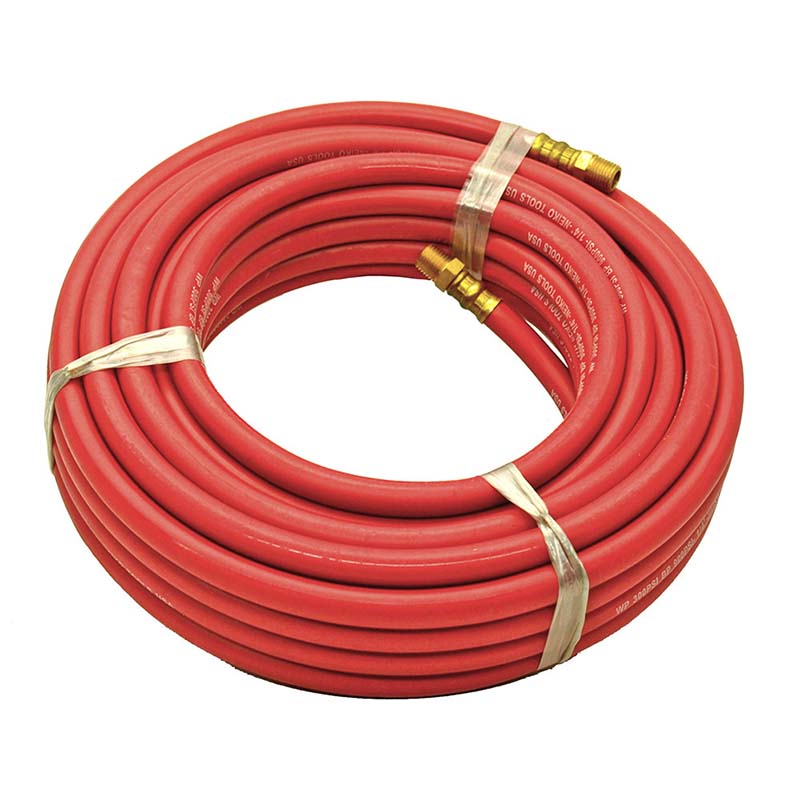Selecting the Right Dimensions for Pneumatic Tubes to Optimize System Efficiency and Performance
Understanding Pneumatic Tube Sizes A Comprehensive Overview
Pneumatic tube systems have long served as efficient means of transporting materials in various industries, notably in hospitals, banks, and large retail environments. One crucial factor that impacts the performance and efficiency of these systems is the size of the pneumatic tubes used. Understanding pneumatic tube sizes is vital for optimizing the transportation of items, ensuring system compatibility, and enhancing overall operational efficiency.
What are Pneumatic Tubes?
Pneumatic tubes are cylindrical structures through which items can be transported using air pressure or vacuum. These tubes are typically made of durable, lightweight materials that can withstand the pressure exerted by the air flow. Items are placed in canisters or capsules that are then propelled through the network of tubes to their destination. The use of pneumatic tubes significantly reduces the time and labor necessary for transporting small items, making them an integral part of many operational workflows.
Standard Sizes of Pneumatic Tubes
Pneumatic tubes come in various sizes, which are generally measured based on their inner diameter (ID). Common sizes include 2 inches, 3 inches, and 4 inches, although systems can be customized to accommodate different requirements. The choice of tube size depends on several factors, including the type of items being transported, the distance the items need to travel, and the overall design of the pneumatic network.
- 2-Inch Tubes These smaller tubes are typically used for light items such as documents, small parcels, and medications. Their compact design facilitates the efficient movement of lightweight materials within a confined space.
- 3-Inch Tubes The mid-range size can accommodate a broader range of items, making these tubes versatile for many applications. Hospitals often utilize 3-inch tubes for transporting lab samples, which are slightly larger than standard documents but still relatively lightweight.
pneumatic tube size

- 4-Inch Tubes Designed for heavier loads, 4-inch tubes are essential for moving larger items like medical equipment or boxed materials. These tubes enable transportation without the risk of damaging the contents due to pressure issues.
Impact of Tube Size on System Efficiency
Choosing the correct pneumatic tube size is imperative for ensuring optimal system performance. If the tube size is too small for the intended load, it may lead to blockages or increased drag, which can slow down the transportation process and potentially damage the items being moved. Conversely, using a tube that is excessively large for smaller items can lead to inefficiencies and wasted energy, as more air pressure is required to propel the items through larger spaces.
Moreover, the length of the tube system also plays a role in airflow dynamics. Longer distances may require larger diameters or additional booster stations to maintain adequate air pressure, which adds complexity and cost to the overall system design.
Customization and Future Trends
As operational needs evolve, the demand for customized pneumatic tube systems tailored to specific environments has increased. Innovations in tube materials and technology are paving the way for lighter, more durable options that can enhance efficiency further. Additionally, smart pneumatic tube systems equipped with sensors and advanced controls are likely to become more prevalent, optimizing delivery times and tracking items in real time.
Conclusion
In conclusion, understanding pneumatic tube sizes is essential for industries that rely on efficient and reliable transportation systems. By choosing the appropriate tube diameter, businesses can optimize both performance and safety, ensuring that their operational processes run smoothly. As technology advances and the needs of various sectors change, the versatility and importance of pneumatic tube systems will only continue to grow, making it crucial for stakeholders to stay informed about the best practices and innovations in this field.
-
Top Quality Oxy Acetylene Hoses for Sale Fit for Welding DemandsNewsJul.28,2025
-
The Future of Pneumatic Air Tubes in IndustryNewsJul.28,2025
-
Superior and Reliable LPG Hose Pipe Solutions for Every NeedNewsJul.28,2025
-
Exceptionally Durable and Versatile Premium Braided PVC TubingNewsJul.28,2025
-
Best Adapters for Connecting Garden Hose to PVC Pipe ConnectionsNewsJul.28,2025
-
The Essential Role of LPG Hoses in Safe and Efficient Gas DistributionNewsJul.16,2025














